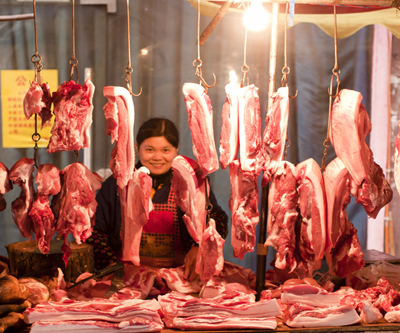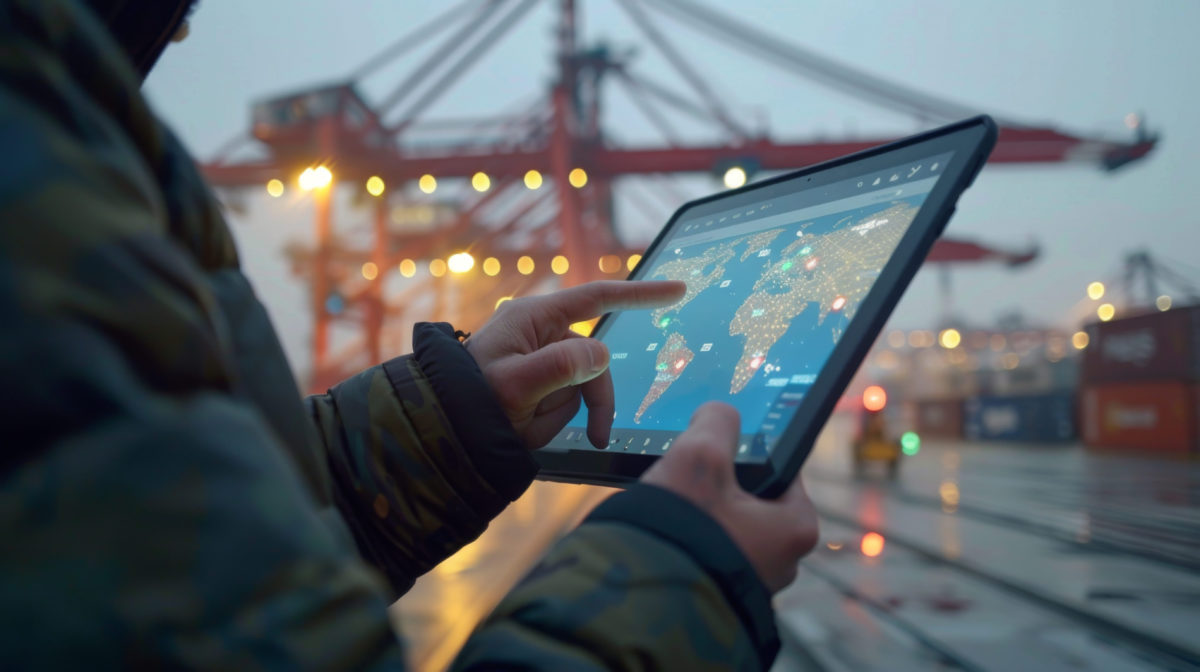I’ll have mine rare: Chief of $10 billion Chinese Pilbara project now prefers beef over iron ore

The Australian (sub required) reports the chief of the Sino Iron ore project in the Pilbara region of Australia says the country has “a golden opportunity to meet China’s soaring demand for high-quality food and he would prefer to invest in agriculture rather than iron ore.”
The reason given by Citic Pacific Mining executive chairman Dongyi Hua speaking to select group of Australian business leaders in Perth on Monday was that “soaring demand for Australian food, particularly beef, among China’s 100 million wealthy people could buffer Australia’s economy from the effects of an end to the mining boom” particularly given the risk that iron ore prices could fall further.
Citic Pacific’s massive Sino Iron ore project in Pilbara has something of a chequered history. The project came off the drawing board in 2006 and was supposed to enable China, which consumes more than half of the world’s iron ore, to wrest some of the pricing power away from BHP Billiton, Rio Tinto and Vale. Combined the big three control some 60% of the 1 billion tonne seaborne iron ore trade and derive most of their profits from the sector.
Back in 2006 iron was red hot and the Pilbara project – one of eight iron ore projects with Chinese involvement – was forecast by its high-profile backers, which includes the China Development Bank, to cost under $2 billion.
Fast forward six years and although iron ore prices have held up relatively well the steel industry in China continues to slow down just as Sino Iron’s costs are escalating.
The project has now sucked up more than $7 billion and predictions are that the mine, already two years behind schedule, could end up costing more than $10 billion to complete:
“This is no longer about commercial goals,” says a senior executive at one leading Asian trading company with extensive sourcing operations in Australia. “It is about Chinese machismo. They have plonked down too much money to pull out now.”
The spot price of 62% iron ore imported into the port city Tianjin in northern China on Monday was $130.10 a tonne. The price of the commodity has declined more than 8% over the last quarter as demand from top consumer China weakens.
Iron ore prices have found good support at $130 a tonne this year – below that many domestic Chinese iron ore miners and high-cost producers elsewhere become unprofitable – recovering from a mini crash in October last year that saw the commodity touch a low of $116 a few weeks after hitting all-time record highs above $180.
The steelmaking raw-material will average $136 a tonne in 2012, the Bureau of Resources and Energy Economics of Australia forecast in June. Benchmark Tianjin 62% ore averaged a record $168 during 2011.
Image by pcruciatti / Shutterstock.com
{{ commodity.name }}
{{ post.title }}
{{ post.date }}




Comments